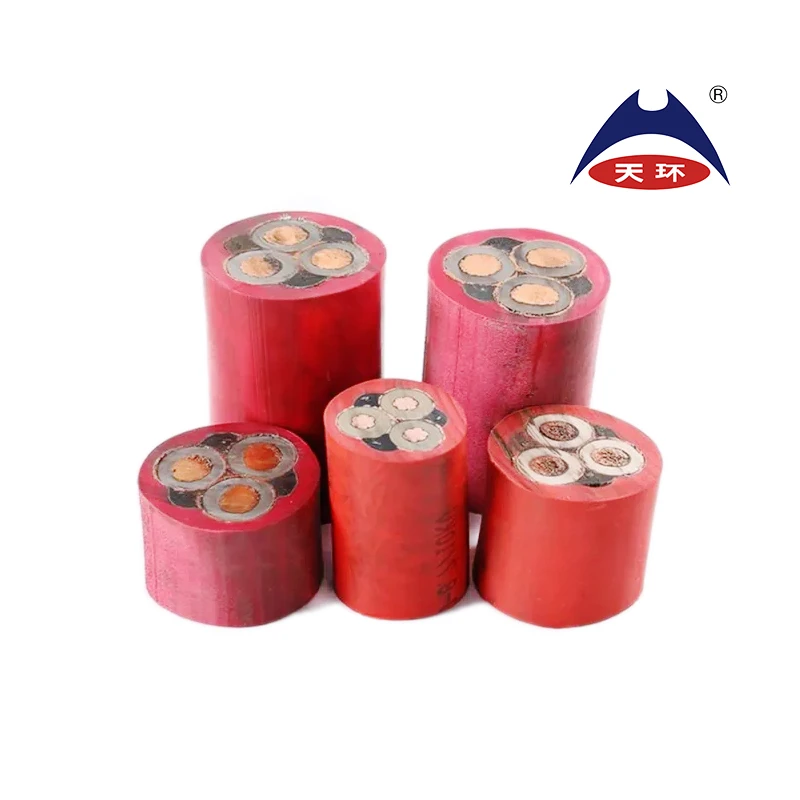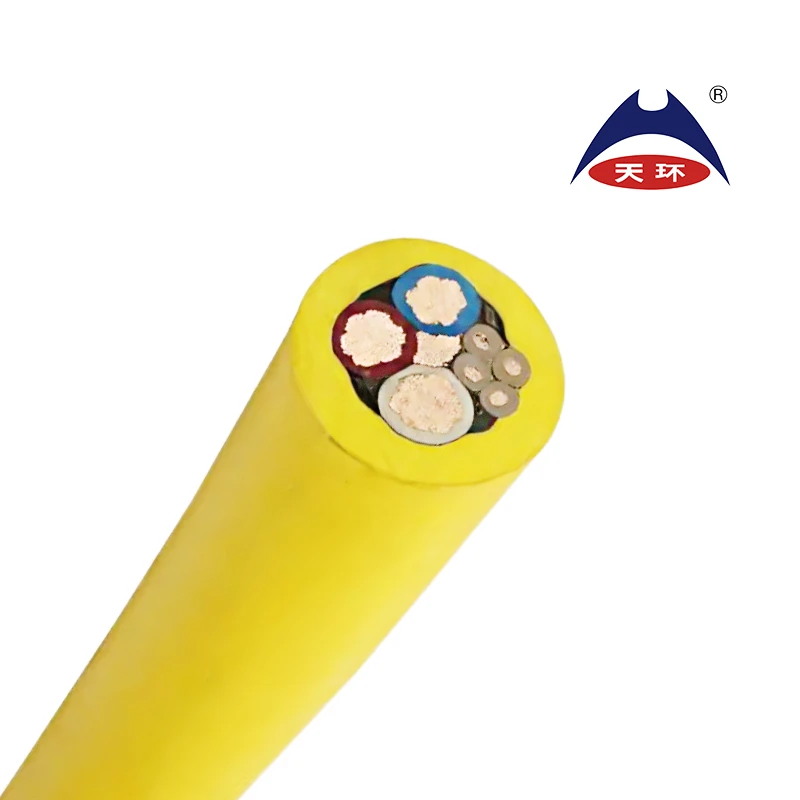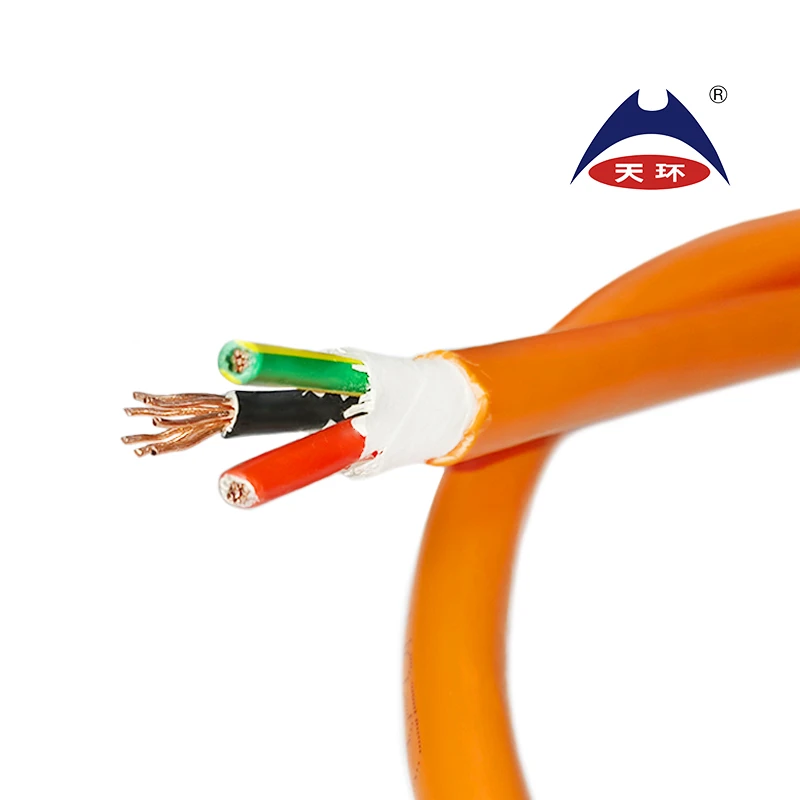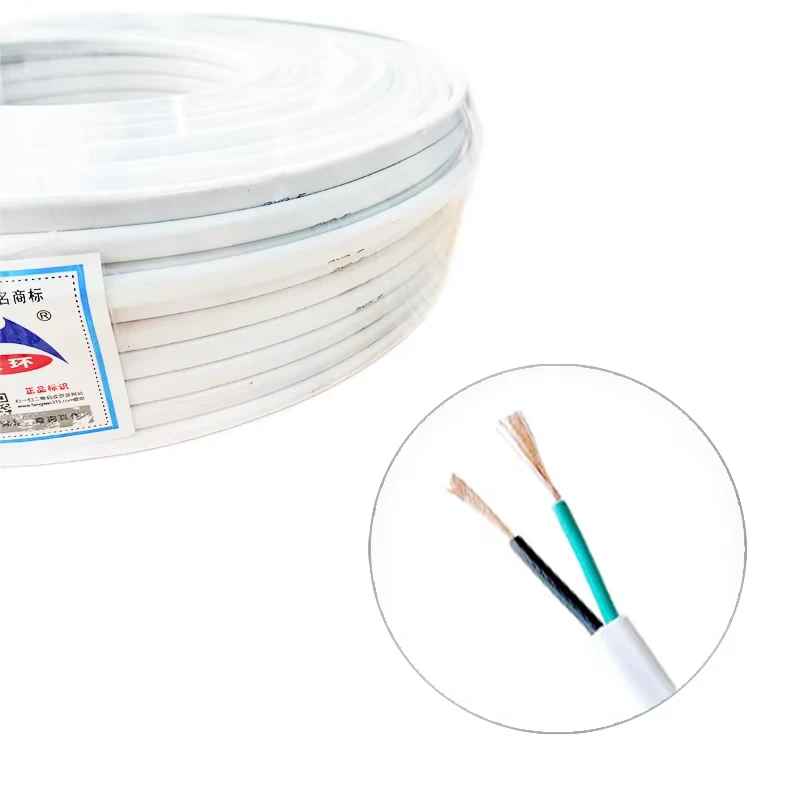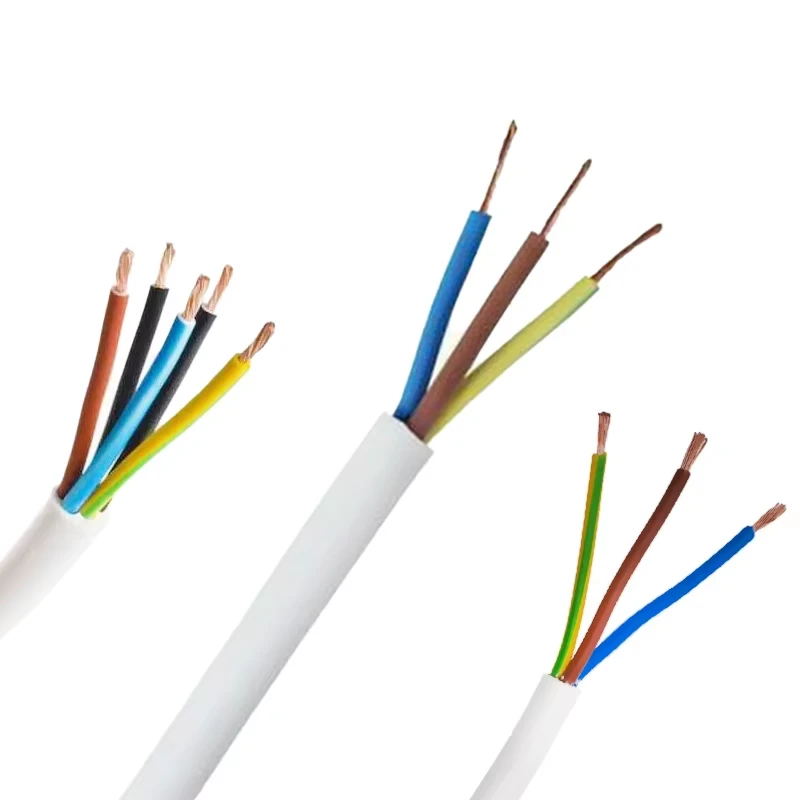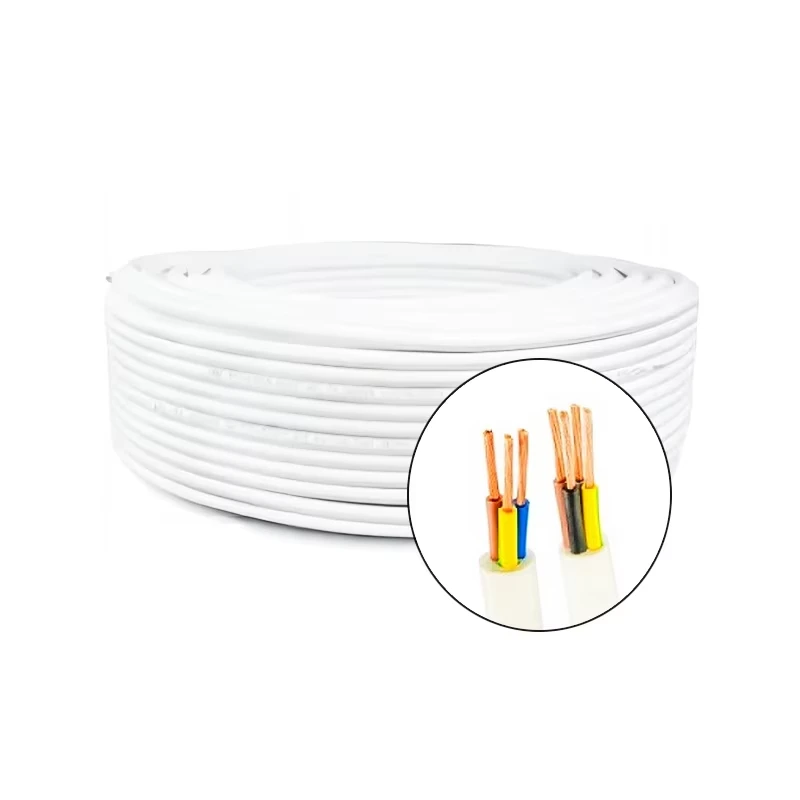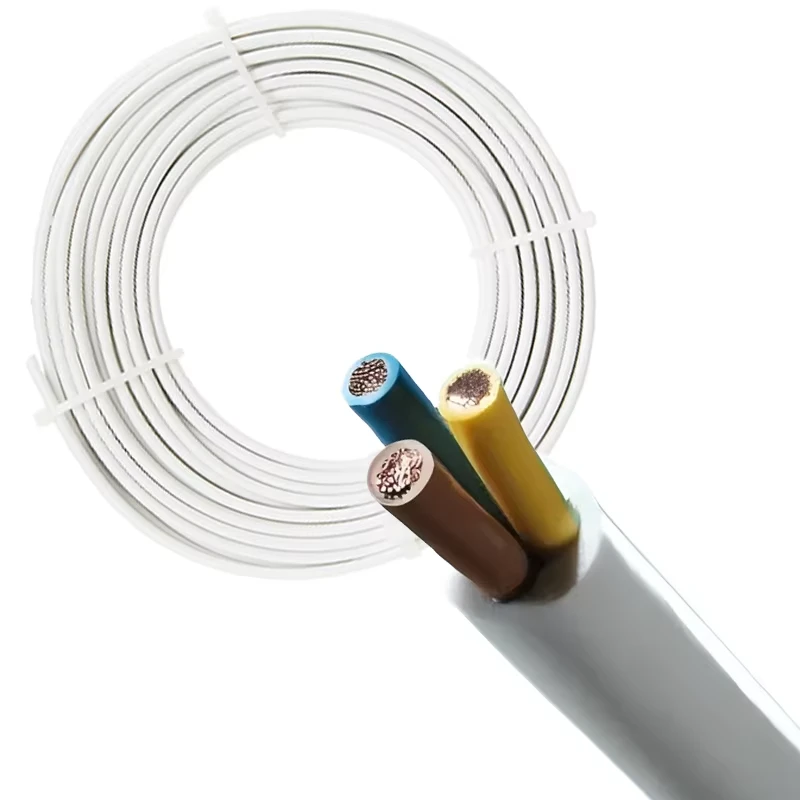
Optimal Cable Length Guidelines for Efficient Solar Panel Installation and Performance
Understanding the ODM Maximum Cable Length for Solar Panels
In the ever-evolving landscape of renewable energy, solar power stands out as one of the most efficient and sustainable sources. With millions of solar panels installed worldwide, understanding the intricacies of their installation, including the optimal cable length, is crucial for maximizing their efficiency. One essential aspect that solar system installers and users must consider is the maximum cable length, often referenced as ODM (Original Design Manufacturer) maximum cable length, for connecting solar panels to their inverters and battery systems.
The Importance of Cable Length in Solar Installations
The cable used in solar installations serves a vital role as it transfers the generated electricity from the solar panels to the inverter and subsequently to the grid or battery storage. However, cables have inherent properties that can affect their performance. One significant factor is voltage drop, which occurs when electrical resistance in the cable converts some of the energy into heat, resulting in a loss of power. As the length of the cable increases, the voltage drop also increases, and this can lead to a decrease in the overall efficiency of the solar power system.
According to manufacturers and industry guidelines, the maximum cable length is often specified by ODMs to ensure that the system operates effectively without significant energy losses. This specification is not arbitrary; it is based on a combination of electrical engineering principles, including cable thickness, material type, and environmental conditions.
ODM Specifications and Recommendations
Typically, ODMs will recommend maximum cable lengths based on the gauge or size of the wire used. For instance, 10 AWG (American Wire Gauge) wiring has less resistance compared to 12 AWG wire and can be used for longer distances without incurring excessive voltage drop. Generally, the recommended maximum length for solar DC cables ranges from 20 to 100 feet, depending on the panel's output and the specific installation scenario.
Another significant consideration when determining the ODM maximum cable length is the sunlight-to-electricity conversion efficiency of the solar panels themselves. High-efficiency panels, which may produce more power at lower temperatures, can often withstand longer cable runs without suffering from inefficient performance.
Environmental Factors
odm maximum cable length for solar panel
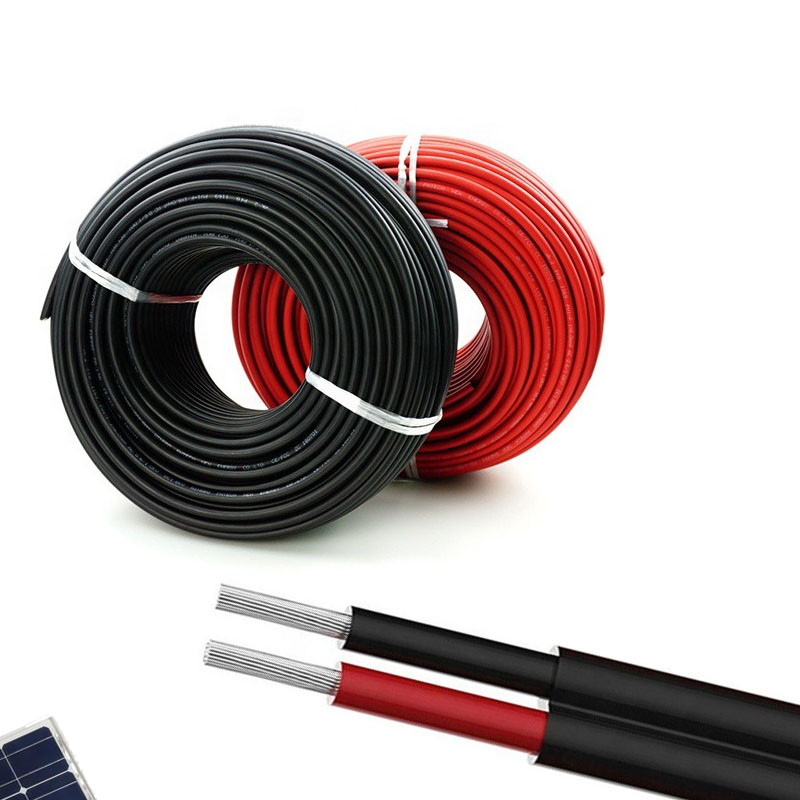
Environmental conditions can also play a crucial role in determining the appropriate cable length. Temperature fluctuations, humidity, and even physical obstructions can affect cable performance. For example, in hotter climates, cable resistance increases, which can exacerbate voltage drop issues. Therefore, it may be necessary to shorten cable lengths in these situations or use cables that can withstand higher temperatures without significant energy losses.
Best Practices for Solar Cable Management
To achieve optimal performance and adhere to ODM specifications, installers should consider incorporating several best practices into their solar installations
1. Use the Right Gauge Selecting the proper gauge based on expected cable lengths and power output is crucial. Always refer to ODM recommendations for guidance.
2. Minimize Distances Whenever possible, position the inverter close to the solar panels to minimize the length of the cable run.
3. Regular Maintenance Keeping cables free from wear and tear and ensuring that connections are secure will help maintain optimal system performance.
4. Consider Upgrades In installations with longer cable runs, consider using higher-quality cables that may reduce resistance and overall energy loss.
Conclusion
Understanding the ODM maximum cable length for solar panels is crucial for anyone involved in solar energy systems. By adhering to manufacturer specifications and considering various factors affecting cable performance, users can maximize the efficiency of their solar installations. As technology continues to advance, improving the design and construction of cables, the future of solar energy systems promises even more efficiency, making the transition to renewable energy not only necessary but also increasingly feasible.
-
Reliable LIYCY Cable Solutions for Low and Medium Voltage ApplicationsNewsJul.14,2025
-
Premium Overhead Electrical Wire Solutions for Low and Medium Voltage ApplicationsNewsJul.14,2025
-
Innovative XLPE Electrical Cable Solutions for Modern Low and Medium Voltage NetworksNewsJul.14,2025
-
High-Quality Ethylene Propylene Rubber Cable – Durable EPDM Cable & 1.5 mm 3 Core OptionsNewsJul.14,2025
-
Exploring the Versatility of H1Z2Z2-K 1X4mm2 Cables in Modern ApplicationsNewsJul.14,2025
-
Uses of Construction WiresNewsJul.14,2025
-
Types of Neoprene CableNewsJul.14,2025





